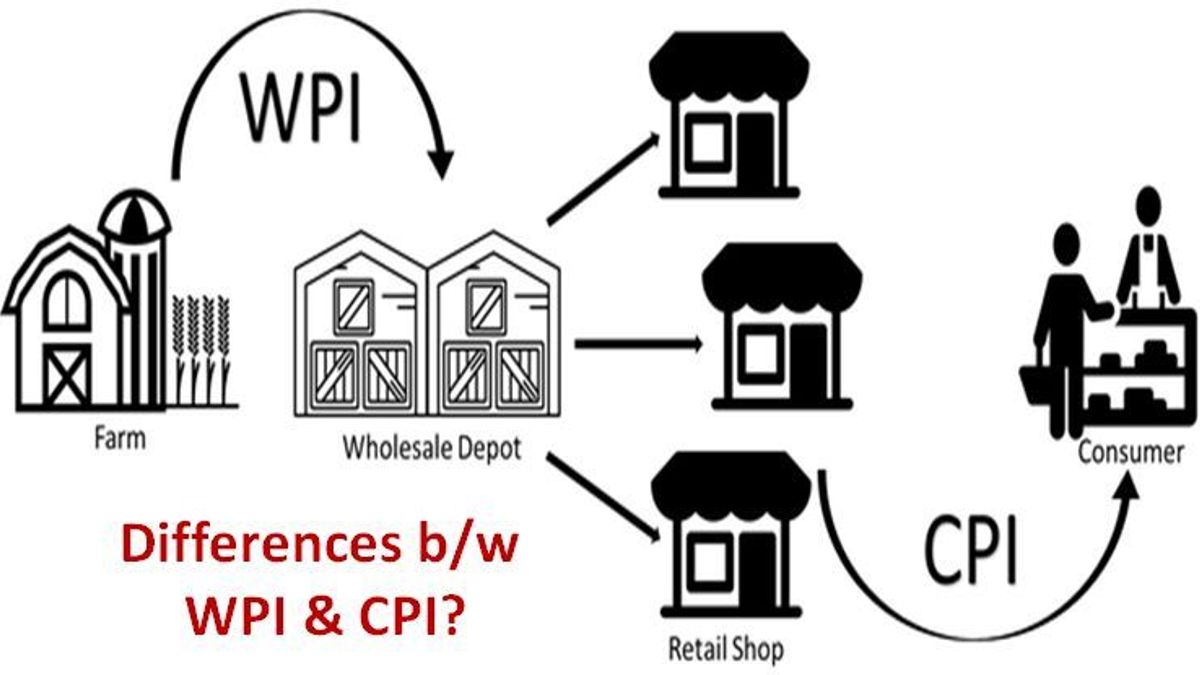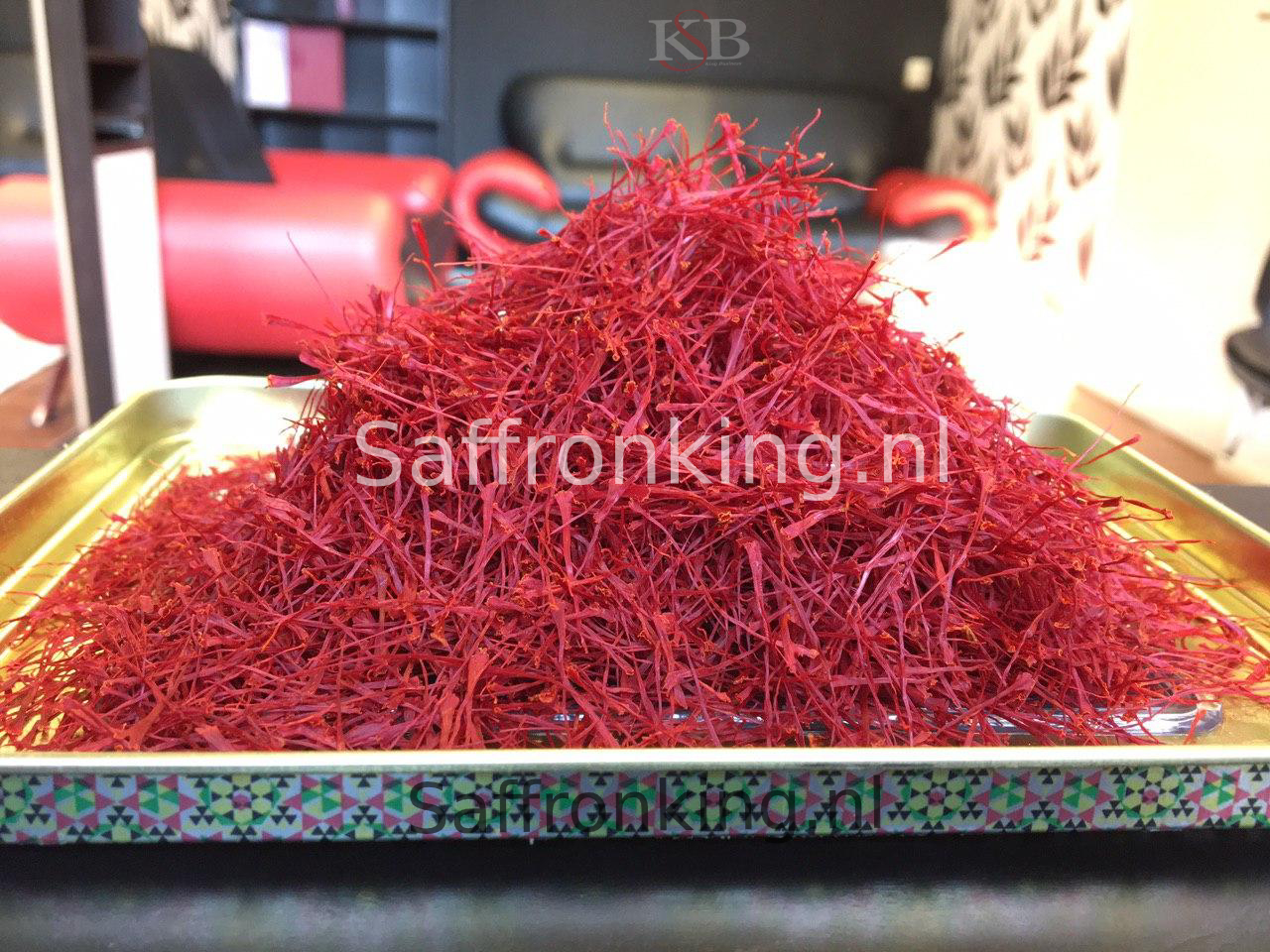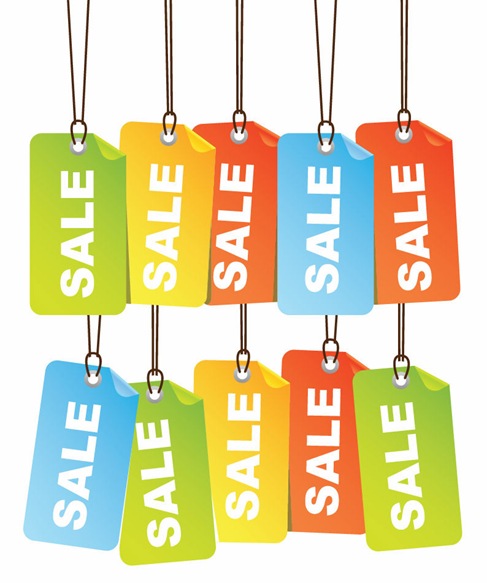The wholesale price is the sum of a given product's cost price plus the manufacturer's profit margin. Wholesale benefits include mass shipping and volume discounts to group buyers, which allow distributors to make a profit. Similarly, a manufacturer's suggested retail price is calculated to leave room for retail markup. A list price or retail price may be set at the MSRP or somewhat lower than that value.
Demand pricing is determined by the optimum combination of volume and profit. Products usually sold through different sources at different prices--retailers, discount chains, wholesalers, or direct mail marketers--are examples of goods whose price is determined by demand. A wholesaler might buy greater quantities than a retailer, which results in purchasing at a lower unit price. The wholesaler profits from a greater volume of sales of a product priced lower than that of the retailer. The retailer typically pays more per unit because he or she are unable to purchase, stock, and sell as great a quantity of product as a wholesaler does.
Demand pricing is difficult to master because you must correctly calculate beforehand what price will generate the optimum relation of profit to volume. Retailers are in business to earn a profit, and they mark up the price on acquired goods to do so. If a retailer buys units for $10 and wants a $10 gross profit, it would double the retail sales price to $20. This particular approach, where the retail price is double the wholesale price, is known as keystone pricing. A "suggested retail price" is the price at which manufacturers or distributors recommend retailers list a particular item for sale.
Retailers aren't normally obligated under the law to adhere to the SRP. When selling wholesale, by order, large numbers, the profit margin must be less than the margin from selling per item. For example selling a silver bracelet, think a profit of 100 Baht, if the buyer wants to purchase 10 bracelets, the price must reduce by reducing the profit, leaving a profit of 50 Baht. This means that overall profit is 500 Baht, more than if only one bracelet was sold. People who will buy products at this price, will normally be middle people, who will sell the product on further. If the product is too highly priced, then when the middle people add on their own profit margin and therefore the product will be to expensive and not able to sell.
In the supply chain industry, wholesale and retail are two major components of the distribution process. When a company manufactures any products it is first sold in bulk quantity to the wholesaler, who then sells it to the retailer and further the retailer sells it to the ultimate customers. In simple words, a wholesaler buys the product in bulk from the manufacturer and sell it to the retailer, who then sells it to the end-users. The alternative to selling wholesale to distributors or retailers is to sell retail either through company-owned stores or online. Advantages include receiving a larger slice of the price paid by the consumer; disadvantages include difficulty in reaching consumers. Direct selling is a business model wherein sellers sell the goods directly to the end customer.
This way, you have a clear idea of your margins before an order is placed. You also want to ensure you're not undercutting your own suggested retail price if you're still selling wholesale items in your retail outlet or in your online store. Wholesale orders should be cheaper per unit, but not so low that your wholesale partner can undercut your retail prices. Retail prices typically have a higher mark-up and profit margin compared to wholesale prices. This is because they will need to include additional costs of selling in the final price. These costs include advertising, rent, salaries, cost of showrooms, etc.
They typically add a 100% mark-up to the wholesale price, using a strategy called keystone pricing. No matter what type of business you choose – retail or wholesale, in the supply chain process, there is one crucial step – inventory management. Both retail and wholesale should have specific approaches to management. It is suitable for any business holder to think about the budget supposed to spend on inventory management when setting prices . When considering and planning your costs as a retailer or wholesaler, you can use accounting software and calculators. We have integrations with two of the leading and best accounting platforms .
You can plan your business better and more effectively with the help of eSwap. The list price is the price that buyers pay for your product or service without any discounts. It is calculated by factoring the average price that similar products and services are sold for in the industry, and what it costs your company to make that product or develop that service. Upstream, distributors hold relationships with their suppliers, which are often the manufacturers of the products that they warehouse and distribute.
If you are a business that wants to sell both Wholesale and Retail, it's smart to create a dual pricing strategy to ensure that you will get the profit. That means you could set a Retail Price for your products on your website that your direct customers see. At the same time you can provide a line sheet with your Wholesale prices for your potential wholesale buyers. In the above formula, revenue is equal to the retail price you charge to your customers.
COGS is a high-level metric that covers all of the variable costs associated with producing and selling goods. For the sake of simplicity, since you're buying from a wholesaler instead of producing a product yourself, you can estimate that your COGS is the price you pay for a product. A wholesale selling model is one where producers sell their products in bulk to a retailer, usually at a discounted price, who then on-sells the products to their customers. Because consumer sales is a retailer's specialty, selling wholesale allows you to focus your time on improving your product and adding product lines rather than marketing, for example.
Producers or distributors use many different approaches to set wholesale prices. Ultimately, the goal is to earn a profit by selling goods for at a higher price than what it costs to produce them. If it costs you $10 in labor and materials to make one unit, a wholesale price of $15 gives you a $5 per unit gross profit. You need gross profit to cover your business overhead and irregular expenses. As the wholesalers do not send the products directly to the customers, so the wholesale price differs from the one in the retail shops.
Wholesale price is the cost charged by the manufacturer or business owner from the retailer. Usually, the wholesale price is the lowest possible price for the bulk of items. Say a retailer buys your product for $10 and wants a $10 gross profit, they would charge $20 for the product in-store.
This is also known as keystone pricing, or simply doubling the wholesale cost paid for a product. If you are a wholesaler, you can recommend a suggested retail price to retailers, but they do not have to use it. Pricing strategy is often based on the wants and needs of your customers, and the price that your competitors have established for similar products and services. In most cases, list price gives you a higher profit margin because you aren't providing any discounts. However, your competitors can undercut you if you stick with a list price strategy because they can offer net prices that are lower than your list price.
Then, you must factor in the profit margin, which should be at least 50%, before setting your wholesale price. When it comes to setting prices for products offered at your retailer, there are numerous approaches you could take, depending on your short- and long-term business goals. However, generally speaking, the retail price you set for any given item must include the cost of that item plus any markups you make in order to gain a profit from selling that item. To price products, you need to get familiar with pricing structures, especially the difference between margin and markup. As mentioned, every product must be priced to cover its production or wholesale cost, freight charges, a proportionate share of overhead , and a reasonable profit.
Online retailers differ from physical retailers in that the end sale is to the reader. Physical bookstores take risks when they buy your book; it might not sell when they stock it on their shelves and it's taking up valuable space that might be better served by a different title. You should still discount the title to online retailers as is standard industry practice, but you can get away with a shorter discount than you would offer a physical retail store. If you're already selling products directly to your customers, nice work. If you're looking to scale your operation, wholesaling to retailers to sell more of your products could be a way for you to grow.
Wholesaling means creating a specific pricing strategy and process to reach audiences that you may not be able to reach alone. Here we walk through what a wholesale business model looks like, and how to create one for your business. Retail markup is the pricing on wholesale products a retailer is charged for a product minus the wholesale price of the product.
For example, if a wholesale buys 500 products for a total of $2,000 each product cost $4. The wholesaler might decide to sell these products in groups of 50 to retailers for $400 per 50 products. The price per product has now increased to $8 per product meaning that a wholesaler will make $4 profit per product or $2,000 for the whole shipment.
A major distinction between wholesale and retail is that wholesale buyers typically purchase their goods in bulk because it saves them money. The costs to produce, package, promote and distribute 100 units of a good to one buyer are much lower than the same costs when selling 100 units to 100 different consumers. This economic principle is one reason that producers can sell to retailers at lower-than-retail prices. Wholesale Pricemeans the established list price for which a manufacturer sells tobacco products to a distributor, before the allowance of any discount, trade allowance, rebate, or other reduction. Due to modern supply chain technologies, business holders have the choice of different delivery systems. Wholesale and retail are the two effective methods of business that are based on products.
They are popular distribution methods – the main components of the supply chain. When the manufacturers make the products in large amounts, they are also supposed to be sold in those amounts. After the next "player" comes – the retailer, who buys stuff from the wholesaler and sells to the final buyers in smaller amounts .
Now that you have a better understanding of the formulas used to calculate product pricing, it's time to get started. You can create a spreadsheet that lists your products by style number and name and includes columns for the cost of goods, wholesale price, wholesale margin, retail price, and retail margin. With the above wholesale and retail pricing strategy, you're making a gross profit margin of 50% on your wholesale orders and 80% on D2C orders. Distributors use a few different approaches to set wholesale prices. The goal is to earn a profit by selling goods at a higher price than what they cost to make.
For example, if it costs you $5 in labor and materials to make one product, you may set a wholesale price of $10, which gives you a $5 per unit gross profit. There are various wholesale pricing strategies available depending on what you want to accomplish as a growing company. The key to success, as with all business is to determine an approach and strategy for your wholesale prices. Set your prices too low, and you might not be able to handle your business expenses.
On the other hand, if you set your wholesale prices too high, your customers will switch over and take their purchases to your competition. Also, the standard wholesale trade price is often simply much lower than the retail price. Most shops work on a comfortable profit margin, so the discounts from buying regularly and in bulk from wholesalers can be massive.
When a customer returns goods to a catalogue company, for whatever reason, the product is automatically sent with other similar items to be sold off by wholesalers. The wholesaler then breaks these batches up and sells the goods off in smaller quantities at a massively reduced price. Small firms normally make the biggest savings when buying products from wholesalers in this way.
If price is not a concern for you then you can buy at retail price. However, at the same price you might be able to buy a different set from a wholesale retailer. Consumers looking for value for money tend to prefer wholesaler, i.e. the same source a brick and mortar retailer buys from, smartly eliminating the middleman. Wholesalers by eliminating the additional expenses of retail stores, pass on directly to the customer. When a wholesale broker sells polished loose diamond to retail shops, his profits are between 10 to 30 percent.
By the time a loose diamond reaches a physical brick and mortar jewelry store to be sold to a customer, the loose diamond has already been marked up 1.6 to three times its original cost. A retailer resells wholesaler bought loose diamonds at a profit of % markup. In the United States, the current average Retail Markup over Wholesale Cost for Diamonds is Approx 55%. In general, when selling retail, you sell the product for a higher price per unit than wholesale. Since wholesalers sell products in bulk amounts, they purchase the product at a discount and then use their own formulas to mark up the retail price. Calculating Cost of Goods ManufacturedMany apparel business owners calculate the Wholesale Price by multiplying the cost of goods by two.
In the apparel industry, business owners usually aim for 30-50% wholesale profit margin. Wholesale price is a rate charged by the apparel manufacturer or apparel business owner to the retailer. Wholesalers don't sell products directly to the consumers, they sell manufactured apparel to businesses like retail stores.
Wholesale pricing involves setting a price for goods at the wholesale stage of selling. The wholesale price is typically charged by a manufacturing company when it wants to sell to bulk distributors or retailers. This price may also be set by a bulk distributor when finalizing a sale to smaller retailers. Retailers try to balance profit objectives with marketable prices. If consumer demand is extremely low on a good priced at $20, the low volume offsets a relatively high gross margin of 100 percent per unit.
Eventually, companies have to discount items that clog shelf space if they don't sell at initial retail prices. In some cases, retailers accept a loss or sell certain items at break-even pricing to attract customers. The hope is that effective in-store merchandising and sales activities lead to many purchases that culminate in a profit outcome in the short or long term. The wholesale price or trade price is the price of products when they are sold in bulk by wholesalers to retailers, hence the name. When buying in bulk the retailer can make use of lower wholesale prices than when buying single items.
The price charged by the manufacturer will be lower than that charged by the distributor, making up the supply chain for any given product. Generally, the manufacturer provides the products to the retailer at roughly half the MSRP, enabling the retailer to turn a profit from the sale. After all, the most common way to calculate your wholesale price is by simply dividing your retail price by half. Ideally, your costs should only take up 25% of your retail price, but keeping costs low can be tricky. Your total costs are made up of overhead costs, which are ongoing operational expenses, along with material costs that include raw materials and the finished products that make up your inventory.
For example, if you're hosting a book signing, you might order 50 copies of your book to have on hand for the event and sell the book to attendees at list price. Your profit is the difference between the price you paid for printing and shipping, and the price individuals pay for your book at the signing. Using our paperback example from above, it would cost $148 to print 50 copies (plus shipping to wherever you're located). If you sold all 50 copies at your $15 list price, that would be $750 revenue minus $148 to print and what's left over is your profit. Wholesaling, the selling of merchandise to anyone other than a retail customer. The merchandise may be sold to a retailer, a wholesaler, or to an enterprise that will use it for business, rather than individual, purposes.





















No comments:
Post a Comment
Note: Only a member of this blog may post a comment.